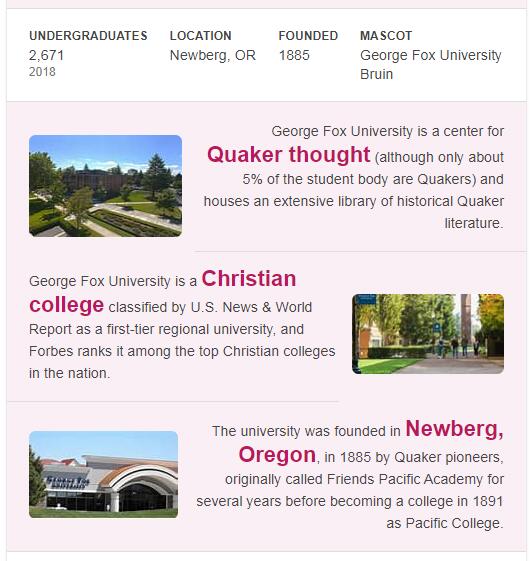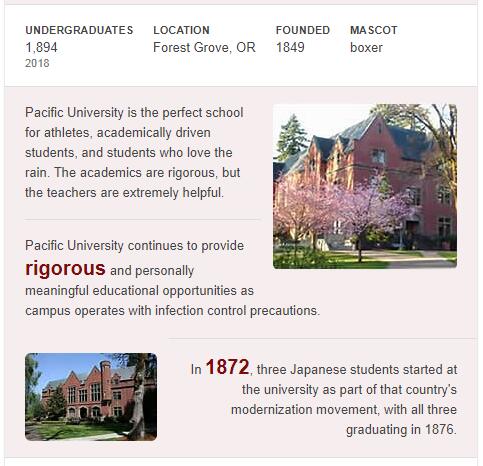Oregon is a mountainous state in the northwestern United States, one of the so-called Pacific states. The capital is Salem, the largest city is Portland. Other major cities are Eugene, Gresham, Beaverton, Medford, Corvallis, Springfield, Astoria. The state’s official motto is “Flies on its own wings.” The official nickname is “Beaver State” or “Beaver State”.
STATE NAME
There is no consensus among researchers about the origin of the name of the state of Oregon. One of the most popular versions is the hypothesis about the origin of the word “Oregon” (Oregon) from the French ouragan (hurricane, strong wind). This assumption is supported by the fact that initially the lands of the modern state of Oregon were called “Ouragon” by European explorers, only later changing the name to the current one.
GEOGRAPHY
The state of Oregon is located in the Western United States and belongs to the Pacific States of the United States. The territory of the state of Oregon is 255,026 km2 (9th place in terms of area among the US states). Oregon borders the states of Washington to the north, Idaho to the east, and California and Nevada to the south. In the west, the lands of the state are washed by the waters of the Pacific Ocean. The state of Oregon lives according to the US Pacific time zone. The natural conditions of Oregon are extremely diverse, here you can see the ocean coast and high mountains, fertile river valleys and desert salt marshes. There are several main physiographic regions in the state: the Cascade Mountains, the Coast Range and the ocean coast, the Klamath Mountains (Siskayu), the Willamette Valley, the plateau Columbia, Blue Mountains and High Desert.
CLIMATE
The Cascade Mountains, blocking the way to the east coming from the Pacific Ocean air masses, divide the state of Oregon into two very different climatic zones. The western districts of the state experience a humid temperate climate, with particularly high rainfall on the ocean-facing slopes of the Cascade Mountains and the Coast Range. Winters here are usually cool, with average January temperatures ranging from 2°C to 8°C in the state’s largest city, Portland, and between 3°C and 9°C in the oceanfront city of Astoria. Summers are warm, in the hottest month, August, the average temperature in Portland is from 14°C to 27°C, in Astoria – from 12°C to 20°C. Most of the precipitation in western Oregon occurs in late autumn and winter, with comparatively dry summers.
In the east of Oregon, the climate is arid (rainfall here is three or more times less than in the west), with much more pronounced seasonal and daily temperature differences. The average temperature in January in Pendleton, located in the northeast of the state, is from -3°C to 5°C, in July – from 14°C to 31°C. In Central Oregon, on the border of the Cascade Mountains and the High Desert (in the city of Bend), in January, the average temperature varies from -5 ° C to 4 ° C, and in July – from 8 ° C to 27 ° C. The maximum recorded for all time observations in Oregon – 48 ° C (Pendleton, 1898), and a minimum of -48 ° C (Seneca city in the Blue Mountains, 1933).
ECONOMY
The modern economy of Oregon is characterized by diversity, industry, agriculture, tourism, mining and lumber production are well developed here.
Oregon’s vast forests have made logging and timber products traditionally important to the state’s economy, primarily for construction needs. In recent decades, the timber industry has been gradually reducing volumes, also due to environmental concerns, but Oregon continues to be the largest producer of sawn softwood in the United States. Although Oregon cannot boast of significant mineral reserves, the state is the leader in the US in the extraction of nickel ores. Very important for the state’s economy are the dams that provide Oregon’s industry with cheap electricity, built on the Columbia, the largest river in the northwest of America.
Numerous plants and factories of various industries operate in Oregon. The state produces food, footwear, sports equipment, metal structures, paper and paper products. Mechanical engineering and printing are also well developed.
TOURISM
Tourism is becoming increasingly important to Oregon’s economy. Numerous historical sights of the state, extremely diverse and picturesque nature of Oregon and numerous cultural and entertainment events annually attract many tourists. The well-known and popular among tourists Oregon Reserve, the only National Park in the state, founded back in 1902 (the sixth of all US National Parks), located in the south of the state in the region of Mount Mazama. This is Crater Lake National Park, famous for its transparency and blue water.


























